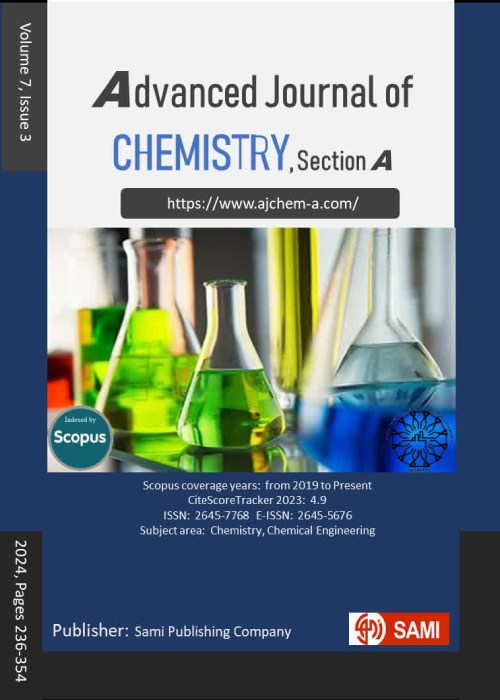Metal Organic Frameworks (MOFs) and their Application as Photocatalysts: Part II. Characterization and Photocatalytic Behavior
In recent years, metal-organic-frameworks (MOFs) have been increasingly considered as a new category of noble nanomaterials and received remarkable attention and attained great importance due to their superior properties such as high porosity and the specific surface area, adjustable organic linkers- metal clusters connections to use in multifunctional applications such as using as semiconductor, catalyst, drug delivery, gas separation, absorption, chemical production, catalysis, and photocatalysis in photochemical hydrogen evolution for water splitting, CO2 reduction, and organic reactions fields for specific applications like adsorption and gas separation, hydrogen and CO2 absorption, catalysis, photocatalysis, and biocompatibility. In comparison with aluminosilicates (zeolites, periodic mesoporous organosilica (PMOs), and other porous solids, MOFs as new advanced and novel photocatalysts are becoming multifunctional promising nanomaterials with impressive results, depicting a bright future of applications for great purposes, such as semiconductors, photo-responsive and photocatalysts materials employed in photochemical hydrogen evolution for water splitting (water oxidation), CO2 reduction, heterogeneous catalysis, and organic reactions fields.
- حق عضویت دریافتی صرف حمایت از نشریات عضو و نگهداری، تکمیل و توسعه مگیران میشود.
- پرداخت حق اشتراک و دانلود مقالات اجازه بازنشر آن در سایر رسانههای چاپی و دیجیتال را به کاربر نمیدهد.


